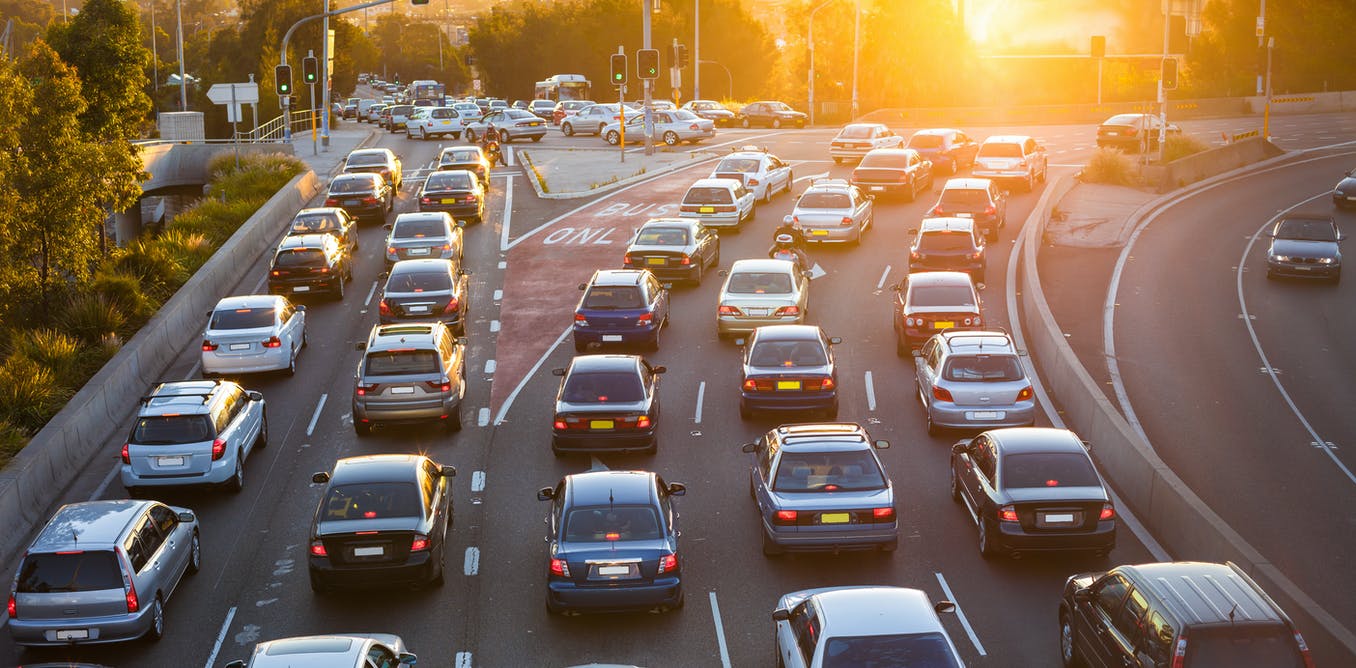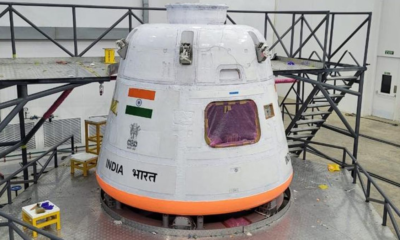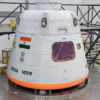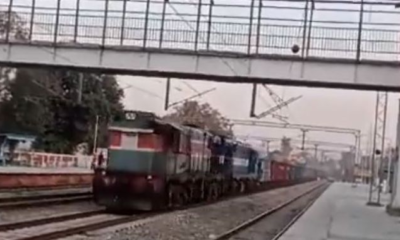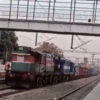Trains in India have emerged in recent months as a viable, efficient, and cost-effective way to transport vehicles in the country, raking revenue while providing automakers with a secure way to ensure that products reach their intended destinations without hindrances from factories.
Although trucks running through the country’s length and breadth have met the bulk of transportation needs so far, trains are being increasingly preferred now.
Indian Railway for automobile transport:
Companies such as Maruti Suzuki, Kia Motors, and Hyundai-among others-looked to Indian Railways for their transport needs.
With lockdowns in place in recent months and a small number of trucks and truck drivers, The special trains have been the saviour to ensure that transportation needs have not been compromised to the degree that they would otherwise have been.
Mainly take the case of Maruti Suzuki. In 2019-20 alone, the country’s largest carmaker dispatched 1,78 lakh units using rail mode, and a 15 per cent improvement overestimates a year earlier.
The company also praised a new design developed by a design arm of Indian Railways-Project Design and the Organization of Norm-to increase the ability of trains ferrying automobiles.
Before being further expanded to now transport 318 cars at speeds of 95 kmph, the previous capacity to handle 125 vehicles was more than doubled to 265 vehicles using double-decker rakes.
Also, Maruti Suzuki is the country’s first automaker to receive an Automotive Freight Train Operator (AFTO) license. This makes the manufacture and service of high speed, high-capacity auto wagon rakes on the Indian Railway network by private companies.
Since July the use of trains to move vehicles has seen an increase. “Because of the lockout, loading was lower in April, May, and June, but it took off from July,” a senior government official told Mint. “Better rake control increased performance, ensuring greater ratchet availability for loading.”
It is not only reliability and cost-effectiveness that helps Indian Railways attract vehicle manufacturers, but also reduced transit time. And to enter the farthest corners of the country are not just cars and bikes but also commercial vehicles such as tractors that are fast piggybacking trains.
And while it gives vehicle manufacturers significant advantages, it also implies more income for Indian Railways at a time when it has lost its share of freight transport.
